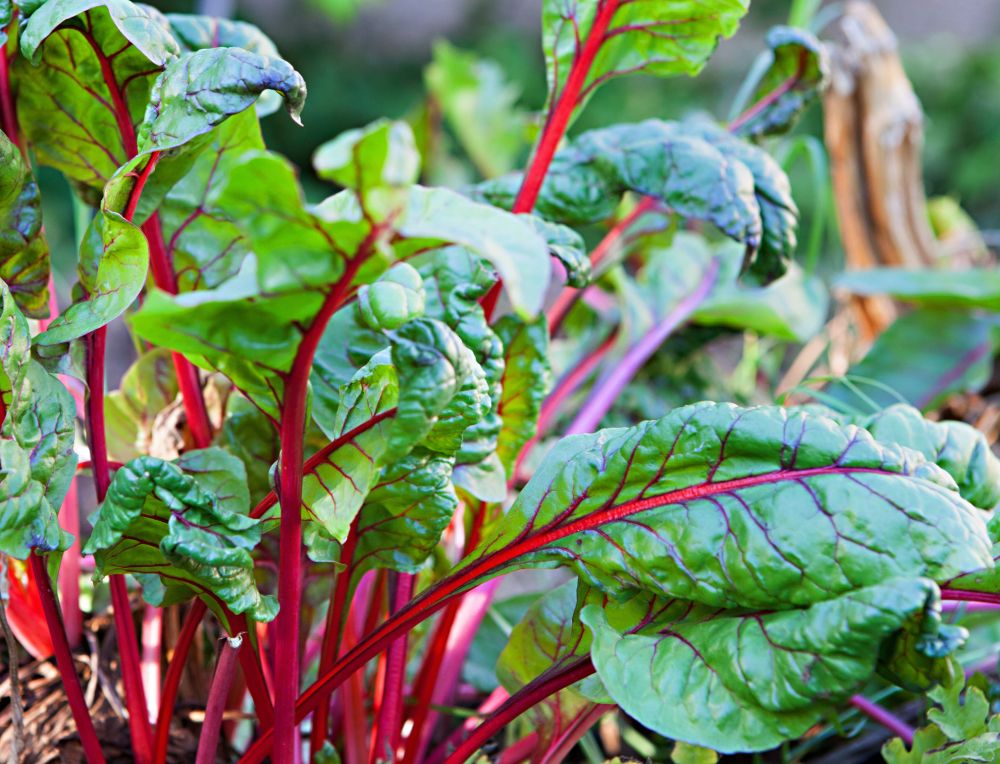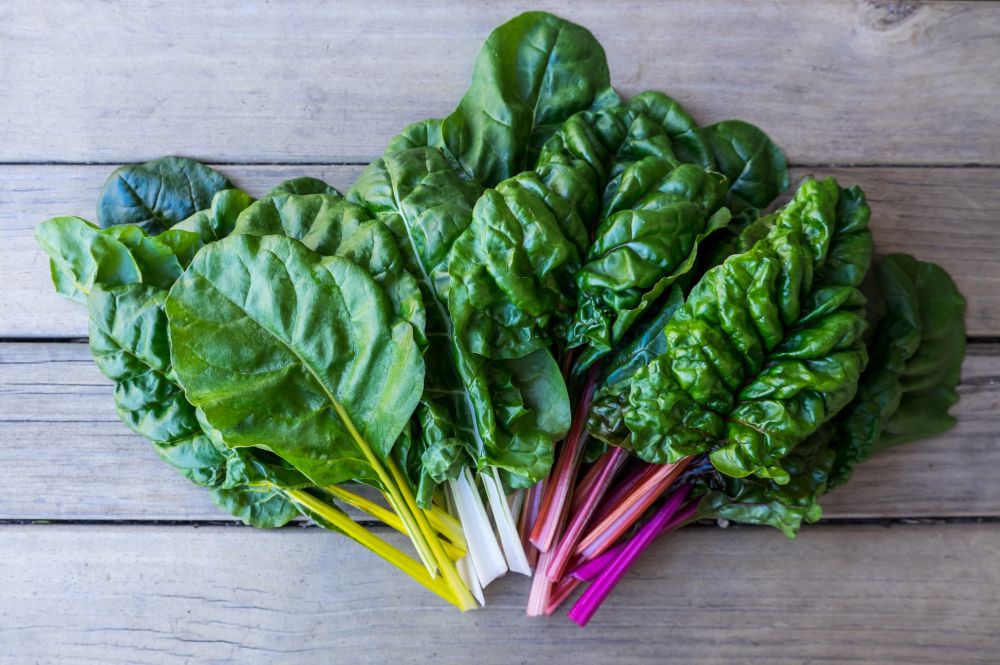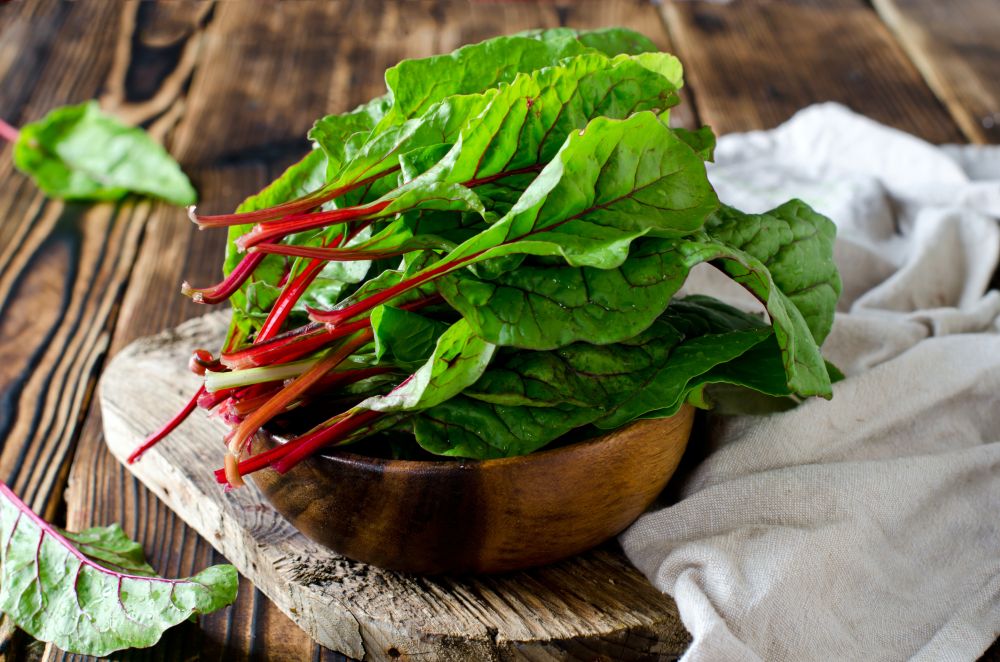Can You Freeze Swiss Chard? Here’s What You Have to Do
Swiss chard is a great veggie to buy and it works great in soups, quiches, stews, casseroles, and so on, as it is rich in vitamins like A, C, or K. You can even use it in salads if you wanted to. If you have too much of it, however, can you freeze it?
When you buy something and you want to make sure it doesn’t go bad, freezing it can work wonderfully. Does it work just as well for Swiss chard, though? Let’s find out.
Can You Freeze Swiss Chard?
One of the messages we received from our readers regarding freezing various foods was about Swiss chard. Here’s the message we got:
I accidentally bought Swiss chard instead of kale at the grocery store for a recipe I’m making, and I don’t have any need for it this week.
It’s a really beautiful bunch of chard that I would like to use in a soup in a few weeks. I know that it won’t stay fresh in the fridge that long.
I’m not sure what the best way of preserving it would be. Can you freeze Swiss chard? Should I cook it first or freeze it raw?
Yes, you can freeze Swiss chard for later use. Rather than freezing it raw, it should be blanched first in order to preserve its nutritional value and to help preserve the color of the vegetable.
Blanching only takes a few minutes extra, but the extra benefit is well worth the effort.
How to Freeze Swiss Chard?
However much Swiss chard you have, you should always freeze it as soon as possible as you don’t want it to wilt.
- To freeze Swiss chard, begin with fresh chard.
- Wash the Swiss chard and then inspect the leaves for any that are wilting or have been eaten away by bugs.
- Many people prefer to separate the leaf from the tougher stem by slicing along the edge of the stem to remove it.
- The stems are edible, however, and can simply be trimmed down and used along with the leaves.
Blanching Swiss Chard for Freezing
- Place a large pot of water on the stove to boil.
- Fill a separate large bowl with ice water and have more water on hand.
- Place the Swiss chard in the boiling water in batches and let boil for 3 minutes.
- Remove the chard from the water with a slotted spoon and place it directly into the ice water to cool it down.
- Remove from the ice water and lay on a clean dishtowel.
- Continue the process with the rest of the chard, replacing the ice water as needed.
- Squeeze the Swiss chard to remove the excess water.
- The Swiss chard can then be frozen in a large batch or in smaller serving sizes.
- A popular method of freezing chard is to pack the Swiss chard into ice cube trays.
- Place the trays in the freezer until the chard has frozen, and then pop the Swiss chard cubes out of the tray.
- Place the cubes in freezer bags. Squeeze out the excess air, then seal and label the bags.
How to Keep Swiss Chard for Longer?
Keeping your Swiss chard for a longer time in the freezer can work great if you use a vacuum sealer. These appliances suck out the air from freezer bags and containers and create a perfect seal so whatever you’re storing doesn’t go bad.
We have a list of great vacuum sealers you can try out, but we love the FoodSaver V4840 2-in-1 Vacuum Sealer Machine in particular as it works with all types of containers in multiple sizes. It will save you time and money in the long run, so what’s not to like?
How to Thaw Swiss Chard?
Whenever you want to use that lovely Swiss chard you have stashed in the freezer, you have to go through a few steps.
- To thaw the Swiss chard, remove the desired number of cubes from the freezer.
- They can be thawed in the refrigerator in a small container, or dropped directly into soups or stews as they cook.
- For best results, consume thawed Swiss chard within a few days of defrosting.


